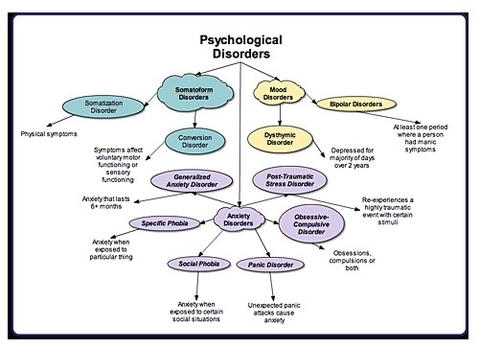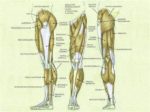Visual Psychological Paper
Visual psychology is a fascinating field that explores the relationship between the human brain, visual perception, and art. It delves into how we perceive and create art, and how these processes are influenced by our brain’s functioning.
1. Art and the Brain: Art is a product of the human brain. The complexity and sophistication of art raise questions about its correlation with brain function and evolution. The impact of eye and brain disorders on artistic output is a significant area of study in visual psychology.
2. Perception of Space, Motion, and Color: Our brain processes impose constraints on how we perceive space, motion, and color in art. Understanding these constraints can provide insights into our aesthetic experiences and artistic creations.
3. Darwinian Principles and Aesthetics: The relevance of Darwinian principles to aesthetics is another intriguing aspect. It explores how evolutionary factors might influence our aesthetic preferences and artistic expressions.
4. Visual Memory: Visual memory plays a crucial role in our interaction with art. Research in this area often distinguishes between visual working memory (VWM) and visual episodic long-term memory (VLTM). VWM involves memory over shorter durations, while VLTM involves the conscious recognition of visual events over longer durations.
5. Nationalism and Art: The rise of nationalism in the Ottoman Empire, for instance, led to a surge in art forms that expressed national identity. This shows how socio-political factors can influence art.
6. Cognitive Approaches to Art: Several cognitive or information-processing-based approaches detail the mechanisms underlying the viewing of art. These models help us understand how we interpret and react to different artworks.
In conclusion, visual psychology provides a comprehensive understanding of our interaction with art. It bridges the gap between the subjective experience of art and the objective workings of our brain. By studying visual psychology, we can gain a deeper appreciation of art and a greater understanding of ourselves..


